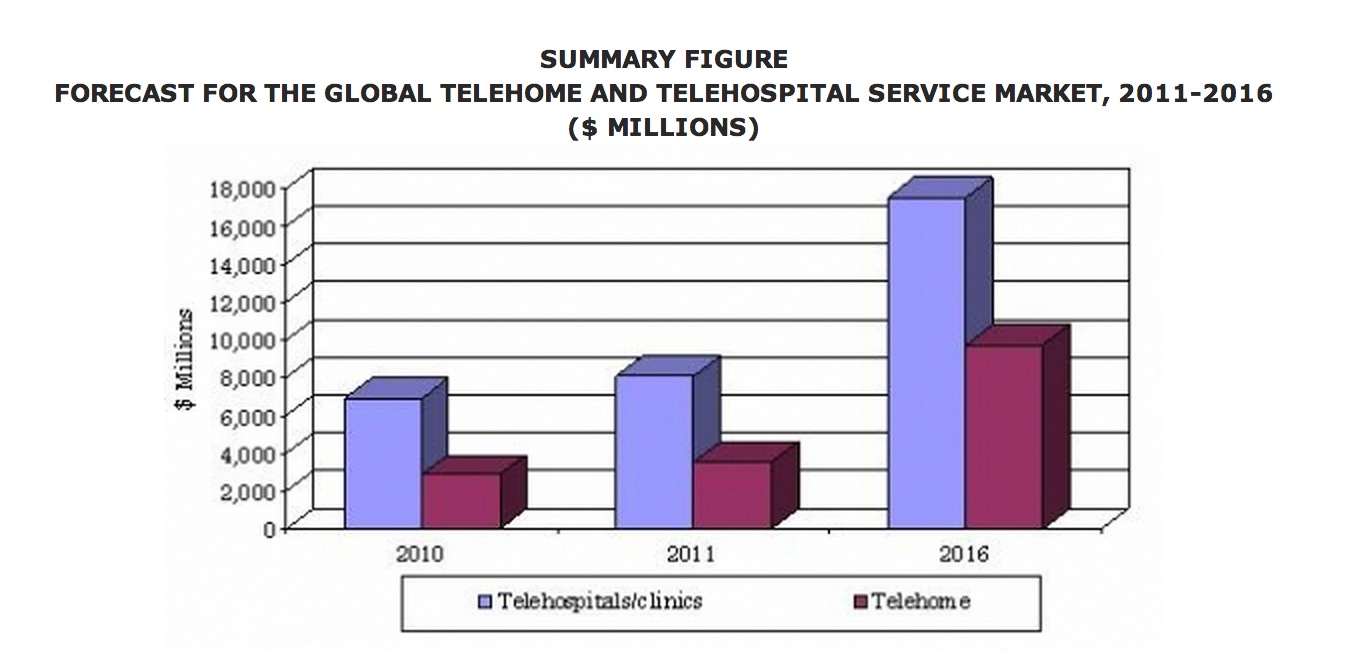Telemedicine is the most profound initiative happening in medicine today. Telemedicine will do more to curb costs, increase access, and improve quality of life for both patients and providers than any single other initiative. With Google Glass fueling telemedicine innovation, these benefits will occur even faster.
Google Glass based telemedicine will have profound implications across many avenues of care:
1) Home visits - it's difficult for providers in a patient's home to beam in a consult. This is simply an ergonomics problem and Glass solves it.
2) ER - in ERs, Glass handily defeats telemedicine carts. The carts are clunky, in the way, and provide poor viewing angles
3) EMTs - EMTs still don't have a good way to beam in a remote consult. Glass is clearly the solution.
4) ORs - intra-operative surgical consults are virtually non-existant today. Glass will power intra-operative consults. In the same light, Glass will also drive improvements in surgical education through first person video.
5) Anesthesia - anesthesiologists are in many environments one layer-removed through CRNAs. CRNAs will wear Glass in the future to beam in anesthesiologists on demand.
6) Floor nurses - floor nurses will beam in a doctor on demand through Glass.
Even without Google glass, telemedicine will power more than 50% of all care in the next 10 years. In 20 years, probably over 75%. According to BCC Research, the global telemedicine market will grow from $9.8 billion in 2010 to $27.3 billion in 2016, a CAGR of 18.6%.
Growth in telemedicine will fragment across many avenues:
1) Skype-like consults - American Well, Teladoc, Doctor on Demand, Vheda Healthcare. A few major providers such as Mayo Clinic are also extending themselves across the country. HealthSpot is offering telemedicine kiosks that will be placed in pharmacies and retail locations.
2) At-home monitoring - e.g., Qualcomm Life, Verizon, AT&T. Validic and Human API are also trying to provide a lot of the technology connectivity to bring this future to life.
3) Telemedicine carts - e.g., Rubbermaid, Telemedicine Systems, Polycom, Cisco.
4) Remotely drivable robots - e.g., Beam, Vgo, iRobot.
Avenues #1 and #2 are the hottest today. Startups and established companies are tackling telemedicine along these fronts. Perhaps the most dominant trend at the mHealth Summit was avenue #2.
Telemedicine carts have been around for sometime, and they are growing quickly. However, there has been little innovation in this space. That shouldn't be surprising since this market is serviced almost exclusively by established companies with dozens of business divisions.
Remotely drivable robots are a recent phenomenon. Although these robots can vary in look, there is almost no variability in function. These robots serve exclusively as as an autonomous iPad on wheels. They present an interesting vision of the future: a future in which doctors come to the hospital as little as possible because it's too time consuming to do so. I'm not entirely sure what that means for the future of hospital-based medicine.
The future of telemedicine is incredibly exciting. With Google Glass fueling telemedicine innovation, and other exciting trends, new energy and possibilities are emerging every day.
